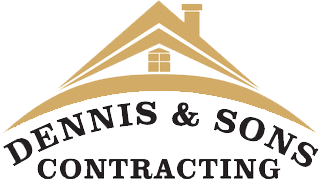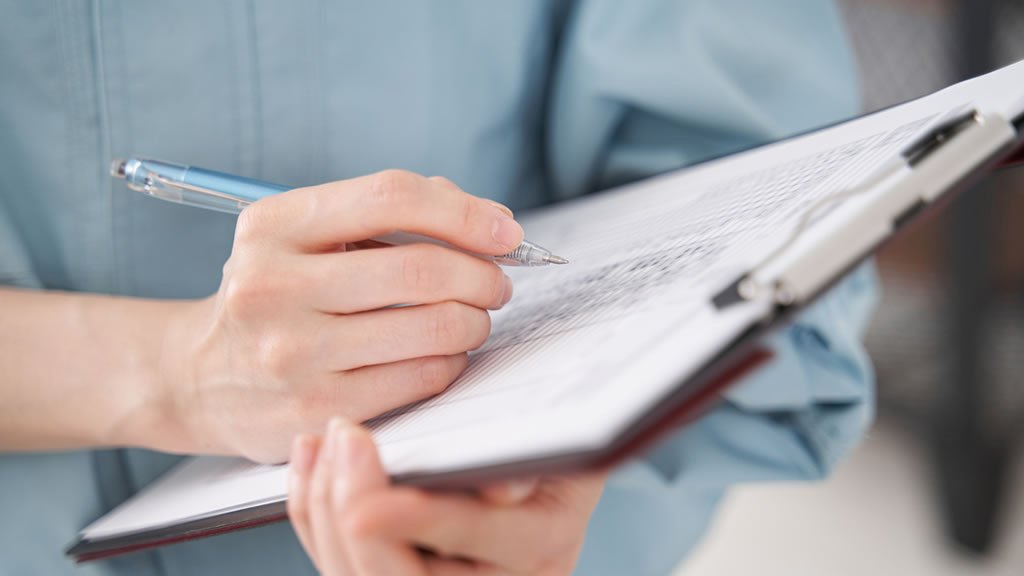Many homeowners overlook their roof, expecting it to last decades without care. Roofs need routine maintenance to keep them durable and protective. Ideally, homeowners should have their roofs inspected a couple of times a year and after major storms. When hiring the professionals to carry out a roof inspection, it is helpful if homeowners know what should be checked and what they can expect so they will be prepared.
Roof Inspections are Vital for Ensuring Damage Has Not Occurred
The roof of a home is one of its most important protective features. When a roof starts to become damaged, rainwater is more likely to enter the house. Roof inspections take place inside the home, from the ground, and at the roof level. A thorough examination takes time, but is worth the effort.
Inspections should be carried out seasonally and after any significant storms. Many homeowners perform the checks themselves because they want to be sure their roofing company takes care of the repair issues appropriately.
Checklist for Carrying Out a Thorough Roof Inspection
Taking the right steps to inspect your roof is essential for avoiding ongoing damage that could eventually mean a roof replacement. If you are leary of getting on a ladder, it is possible to perform an inspection from the ground, though you will not be able to see every detail of the roof up close. The items you will need for a roof inspection include the following.
- Binoculars
- Ladder
- Flashlight
- Camera
- Gloves
Each stage of the roof inspection is vital for ensuring your roof is checked carefully. Every area of the home will require a different process, so make sure to follow this checklist to ensure each area is checked correctly.
Check Inside the Home First
Many homeowners are not aware their roof has become damaged until they start to see hints inside their home. Checking the inside of the house is one of the easiest ways to tell if damage has occurred.
- Start with the attic and look for any signs of excess moisture. Wet beams and mold growth both signal there are leaks in the roof. The attic is one of the first places that will begin to show signs of roof leaks. Also, check the attic beams for any signs of sunlight getting in.
- Check the ceilings for any wet spots, drips, or water spots. The upper ceilings are more likely to experience water damage in a multi-story home. Using a flashlight will help you to find leaks much faster.
- If you notice your energy costs rising, make sure to check the roof. When leaks are occurring, this allows air to escape, and heat loss can occur.
Should you notice any of the above signs, you must contact a roofing contractor right away. Once water is entering the house, significant damages can occur in a short amount of time.
Check Your Roof From Ground Level
If you are afraid of heights or do not have a ladder, it is possible to conduct a roof inspection from the ground, but it is wise to use a pair of high-powered binoculars. Binoculars will allow you to see as up close as possible without climbing up a ladder.
- Check the flashings first because these are the most vulnerable areas and are typically the first to become damaged. Make sure to inspect the chimney and vents for any signs of damage. If they appear damaged from the ground, further inspection with a ladder may be required.
- Carefully look for any dips in the roof that may show the decking has been damaged. The wood decking underneath the shingles can rot if leaks are occurring.
- Look for any signs of shingle damage, which may include curling, splitting, or cracking. If shingles are missing or damaged, they need to be replaced right away.
- Be sure to check the valleys of your roof because these are areas where water and debris can begin to collect and cause wear and tear.
- Caulking materials do not last forever and can become damaged and brittle over time. If you notice any signs of damage to the caulking in your roof, make sure to have it replaced with new. Signs of caulk damage include fractures, separation, and missing caulk.
- Try crossing the street to get a different perspective. Sometimes, looking at the entire roof from a distance can help you to see changes that may suggest damage has occurred. Take pictures and videos to view digitally so you can zoom in for damages.
A Ladder Inspection Is Best for Finding Damage
Although you can undoubtedly discover damage roof damage from the ground, it is best to use a ladder to be able to view the roof as up close as possible. A ladder inspection will be carried out in much the same way as a ground view inspection, but you will be able to spot more damage because you are closer.
A roof inspection needs to be done at least once a year and after violent storms that produce high winds or hail. If any damage is discovered, it should be reported to a roofing contractor so repairs can be carried out right away.
How to Check for Roof Damage After a Storm
Roof damage can occur at any time but is most likely to happen after periods of heavy rain, snow, ice, or wind. Hail is also a contributing factor to roof damage. Follow these tips to find damage while on the roof.
- Search for pitting and other types of shingle damage that are common after a hail storm.
- See if any nails are loose. Raised nail heads could lead to missing shingles.
- Look for debris on the roof and make sure none is clogging the gutters.
- Check the upslope of the flashing while on the ladder because these areas are easier to see up close.
- Look for any dark or bald patches on the shingles.
- Check the gutters and downspouts for shingle granules. If you find a lot of granules, this likely means it is time to have the roof repaired.
A Homeowner or Professional Inspection?
Though most homeowners will be able to spot visible signs of roof damage easily, some types may go unnoticed by the untrained eye. If you have a newer roof that is less than five years old and is showing no significant signs of damage, it is fine to stick with a visual inspection.
The professionals should thoroughly inspect older roofs or those that have suffered damage. A comprehensive roof inspection, carried out by an expert, can reveal damage that could be missed by an inexperienced homeowner who does not know what they are searching for when looking at their roof.
If you require a seasonal roof inspection for a roof that is over ten years old, it would be wise to rely on the professionals. Missed damages could result in ongoing problems that become much more costly to repair.
What Can You Expect From a Professional Roof Inspection?
Knowing what to expect from a professional roof inspection can set your mind at ease and help you prepare. An inspection should cover every aspect of your roof.
A professional roof inspector will be looking for minor and major signs of damage. Because of their training and expertise, they are often able to discover damages that would not have been noticeable to a homeowner. There are four main components to any professional roof inspection, and they include the following.
- Structural Inspection – The structural stability of your roof is essential for its level of protection. As a roof ages, its structure supports can become damaged. There are multiple signs of structural damage, including sagging and uneven roof planes. The inspector will check for signs of damage to the chimney, vents, and gutter system.
- Material Inspection – There are many materials involved in building a roof, and a person must know the signs of damage to look for when they are carrying out an inspection. During this part of the inspection, the inspector will check for any signs of shingle damage. They will also check the rubber boots or flashings around the chimney and roof vents.
- Interior House Inspection – Inspectors will check the interior of the attic, the ceilings, and other areas of the home for signs of internal leaks caused by a damaged roof. Checking for water stains, rotting, and mold are all a part of the interior inspection.
- Workmanship Inspection – Problems in quality can cause a roof to be more prone to damage. A roof inspector will always check the workmanship of the roof to determine if the right materials were used, along with the correct methods of construction.
Conclusion
If it is time for your roof inspection, use this information to ensure you carry it out correctly. For the best results, hire a roofing contractor to carry out a full inspection and take care of any necessary repairs so your roof will be fully protective.

